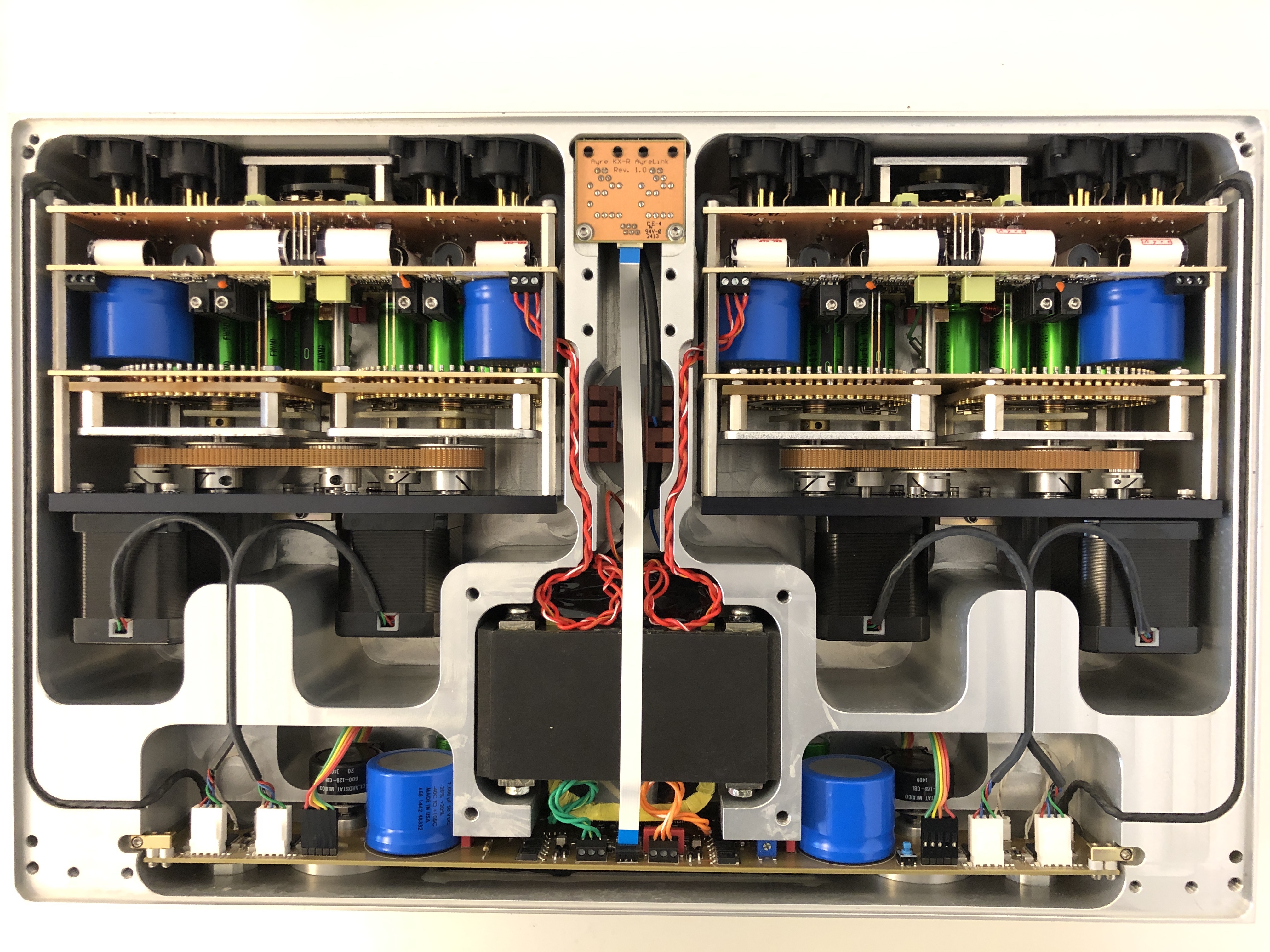
If you have read an amplifier review or looked at the specifications for an amp, the chances are that you have come across a term such as 'Class A/B'. In fact, this is just one of a number of different amplifier classes, the most common being Class A, Class A/B and Class D.
Most amplifiers have the same basic building blocks in their electronic design. They typically use transistors as the core amplification component along with a supporting cast of resistors, capacitors, inductors, wires and transformers to make the whole thing work. But it is the amount of current that flows through the main output devices (the output transistors) when there is no input signal that defines the class of the amplifier.
This single engineering decision sets the product’s basic parameters. It decides the power output, the amount of energy the amp consumes, the level of heat generated and even the minimum size the product can be.
Class A amplification
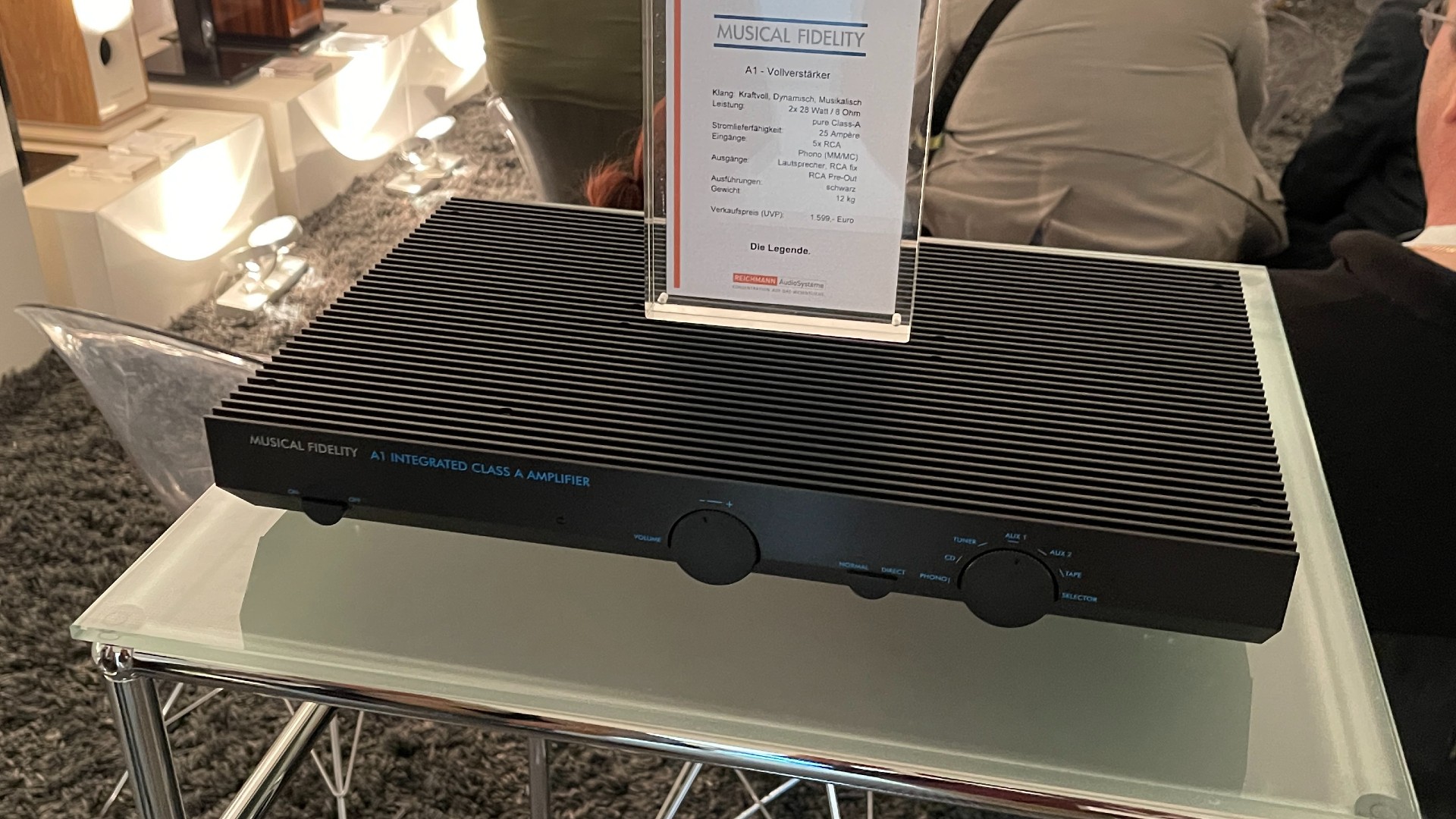
A transistor needs a certain amount of bias current flowing through it to actually work. In a Class A circuit the level of that current is always set to maximum. If that amplifier design is working at full volume then the bulk of that energy is used to drive the speakers. (Note that no amplifier is 100% efficient, so there is always some wastage of the input energy, but that isn’t significant in what we are describing here.)
Amplifiers are rarely used at full volume, though. In that instance any energy not used to work the speakers becomes heat, and there lies the issue for Class A designs. Class A operation ensures that the transistor is working in its most linear operating region, so sound distortion levels are minimal, but the flip side is huge power consumption and the generation of lots of heat. That heat has to be managed, so suitably large heatsinks have to be specified to keep the circuit within the correct operating limits – and that makes the amplifier physically large.
So Class A designs are, on paper, the best solution for sound quality but have many practical issues, so much so that such designs are relatively rare.
Class A/B amplification
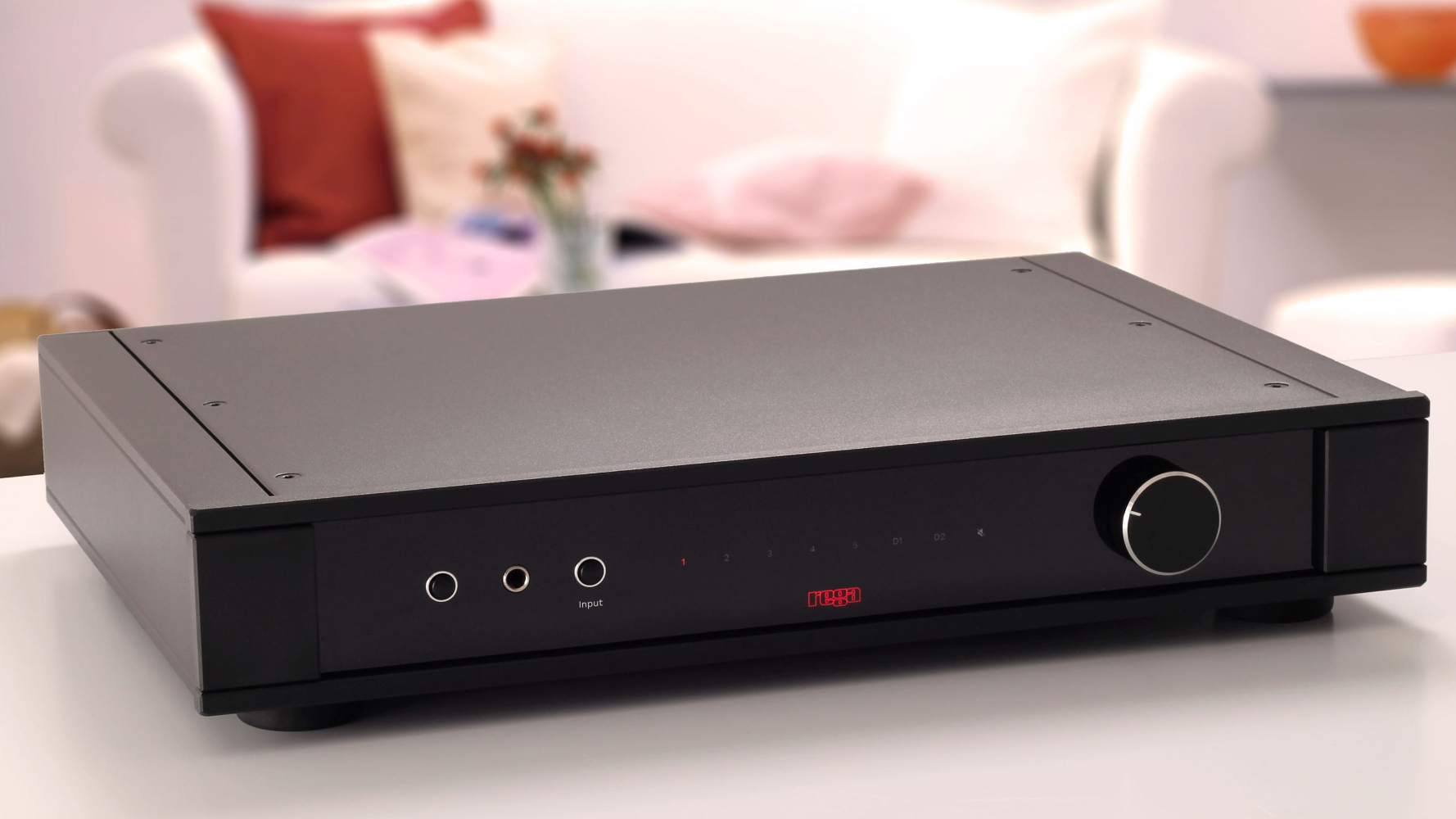
The compromise solution is Class A/B operation, and it is a good one. The vast majority of traditional analogue amplifier products on the market work in this way. This type of design allows a certain level of bias current to flow through the output transistor to turn it on, but not much more. The amount of current depends on the engineer, but it is somewhat of a sliding scale from the absolute minimum needed for the transistor to switch on to levels that head towards those of true class A operation.
Many amps work in Class A for the first few watts before settling into Class A/B for higher efforts. Remember, the higher the bias current, the more heat the product generates, and with that comes the need for larger heatsinks.
Class D amplification
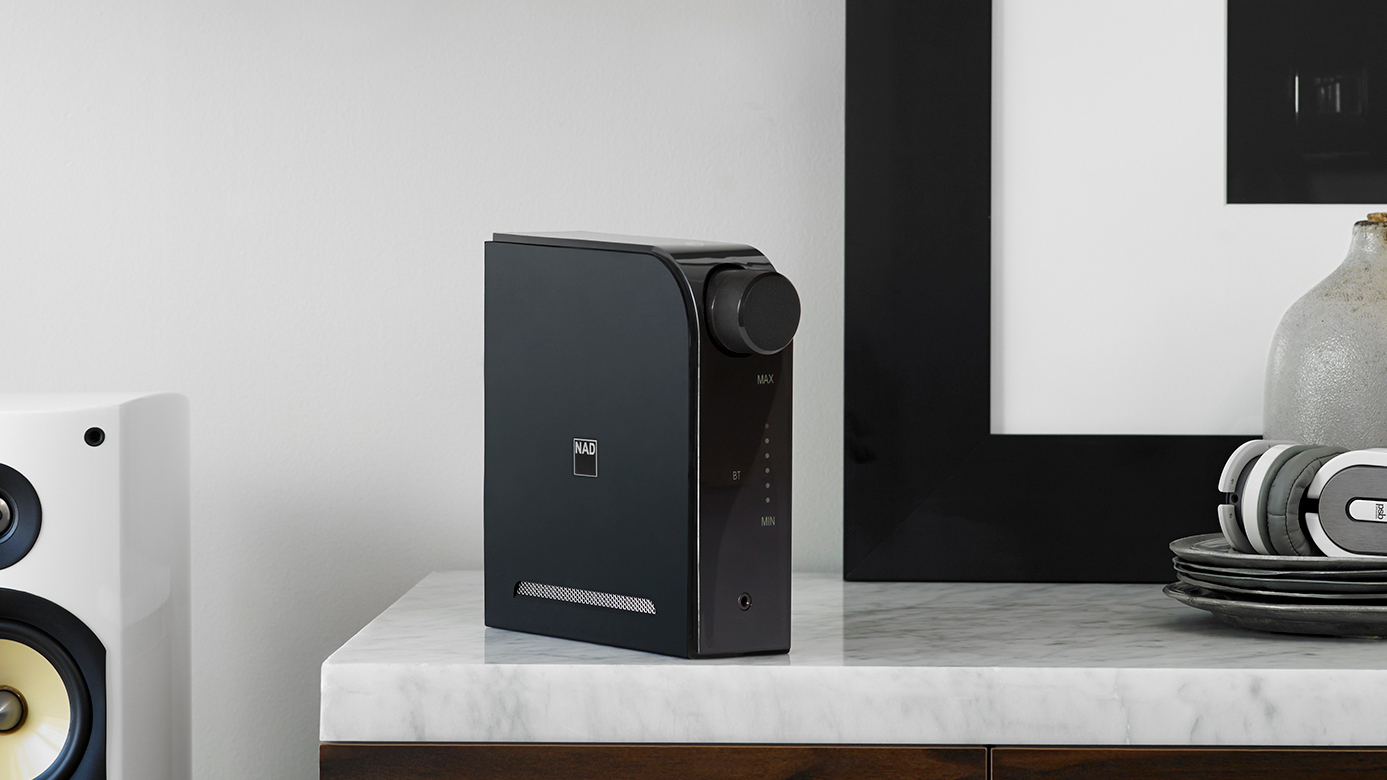
While Class A and Class A/B circuits are very closely related, those of the Class D persuasion are rather different. The ‘D’ doesn’t stand for ‘Digital’, in fact, none of the letters used to identify the classes of an amplifier actually stand for anything specific. Without going too far into the details, a Class D design takes an analogue input and turns it into a PWM (Pulse Width Modulation) signal where the peak of the signal results in the widest pulse and the trough, the narrowest. Class D amplifiers always have an output filter to take out the high-frequency noise generated by the conversion process. The quality of this filter has a great bearing on the overall sonic performance.
The major plus point of Class D is that it is very energy efficient. A typical Class A design tends to be around 30% efficient. Class A/B roughly doubles that while Class D amplifiers almost triple it. That means proportionately lower power consumption and less heat. The reduced amount of heat lowers the heatsinking requirement considerably, allowing the manufacturer to make the product smaller (and lighter). The sheer efficiency also allows Class D amplifiers to deliver huge power outputs for their size.
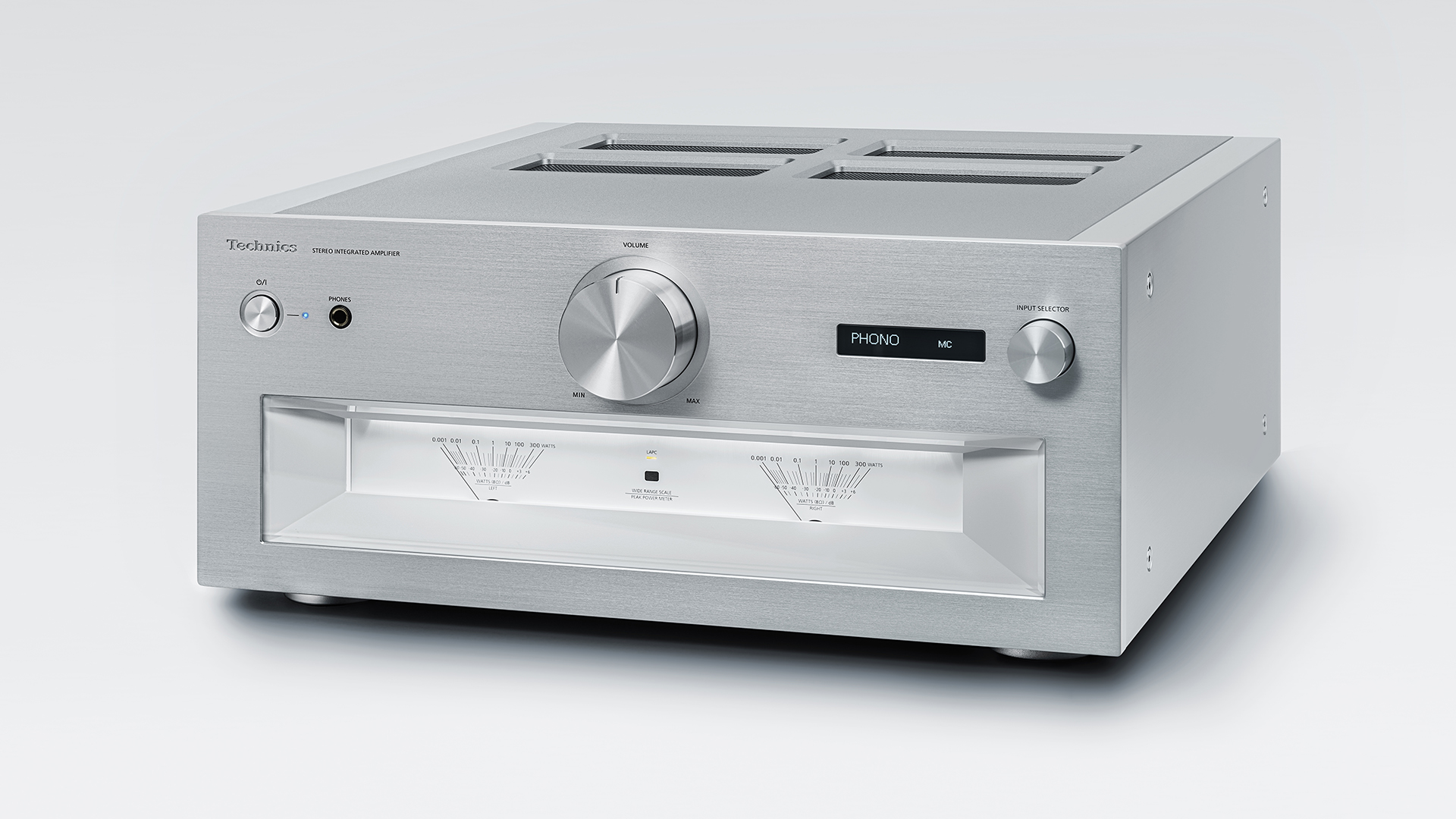
These advantages mean that Class D designs have gained plenty of traction in recent years, but there are issues too. While there have been some fine-sounding Class D amplifiers – NAD’s excellent D 3020 V2 is a case in point, as is the Technics SU-R1000 high-end integrated – such examples remain relatively rare. Also, as a breed, these designs can be fussy about speaker partnering because of the way their output filter circuitry can react to the complex electrical load of a typical loudspeaker. The result can be an inconsistent performance between various systems.
Still, given their many advantages, we expect an ever-increasing amount of hi-fi amplifiers to use such circuitry and have faith in the hi-fi industry’s engineers to push the base level of sound quality ever upwards. Will Class D ever fully take over the world of hi-fi? Only time will tell. We wouldn't bet against it.
MORE:
How to choose and set up a stereo amplifier
Here are the best stereo amplifiers for every budget
I had a first listen to the resurrected Musical Fidelity A1 integrated amplifier







